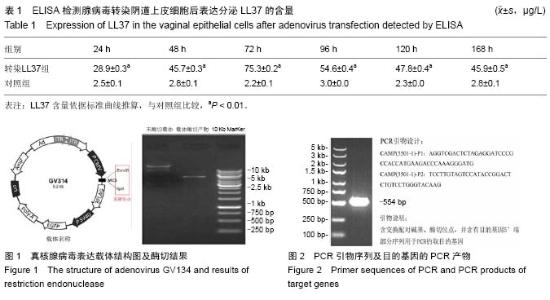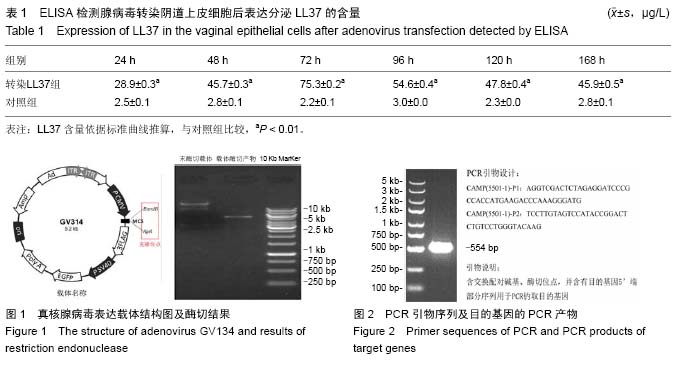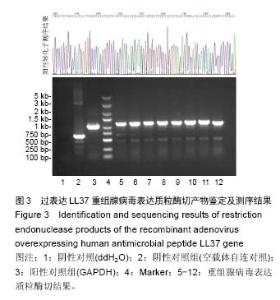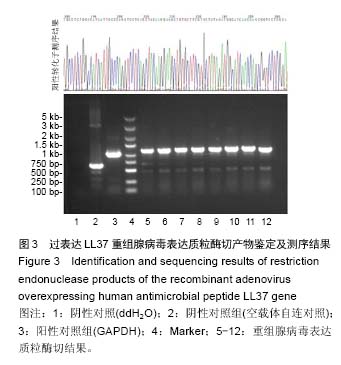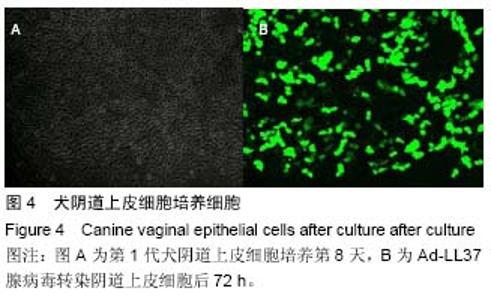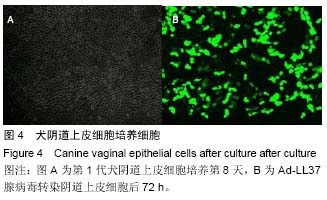| [1] Callens N, De Cuypere G, De Sutter P, et al. An update on surgical and non-surgical treatments for vaginal hypoplasia. Hum Reprod Update.2014;20(5):775-801.[2] Londra L, Chuong FS, Kolp L. Mayer-Rokitansky- Kuster-Hauser syndrome: a review.Int J Womens Health. 2015;7:865-870.[3] McQuillan SK, Grover SR. Dilation and surgical management in vaginal agenesis: a systematic review. Int Urogynecol J.2014; 25: 299-311.[4] Dorin RP, Atala A, Defilippo RE. Bioengineering a vaginal replacement using a small biopsy of autologous tissue. Semin Reprod Med. 2011;29(1): 38-44.[5] Zhu L,Zhou H,Sun Z,et al.Anatomic and sexual outcomes after vaginoplasty using tissue-engineered biomaterial graft in patients with Mayer-Rokitansky-Kuster-Hauser syndrome: a new minimally invasive and effective surgery. J Sex Med. 2013; 10: 1652-1658.[6] Birchall MA, Seifalian AM. Tissue engineering's green shoots of disruptive innovation. Lancet. 2014; 384(9940):288-290.[7] Ding JX, Chen XJ, Zhang XY, et al. Acellular porcine small intestinal submucosa graft for cervicovaginal reconstruction in eight patients with malformation of the uterine cervix. Hum Reprod. 2014; 29(4): 677-682.[8] Frasca L, Lande R. Role of defensins and cathelicidin LL37 in auto-immune and auto-inflammatory diseases. Curr Pharm Biotechnol. 2012;(10):1882-1897.[9] Chamilos G, Gregorio J, Meller S, et al. Cytosolic sensing of extracellular self-DNA transported into monocytes by the antimicrobial peptideLL37. Blood. 2012;120(18):3699-707[10] Thennarasu S, Tan A, Penumatchu R, et al. Antimicrobial and membrane disrupting activities of a peptide derived from the human cathelicidin antimicrobial peptide LL37. Biophys J. 2010;98(2): 248-257.[11] Ramos R, Silva JP, Rodrigues AC, et al. Wound healing activity of the human antimicrobial peptide LL37. Peptides. 2011;32(7):1469-1476.[12] Kittaka M, Shiba H, Kajiya M, et al. Antimicrobial peptide LL37 promotes vascular endothelial growth factor-A expression in human periodontal ligament cells.J Periodontal Res. 2013 ;48(2):228-234.[13] Pfosser A, El-Aouni C, PfistererI, et al. NF kappaB activation in embryonic endothelial progenitor cells enhances neovascularization via PSGL-1 mediated recruitment: novel role for LL37. Stem Cells, 2010, 28(2): 376-385.[14] 申复进,洛若愚,梁华,等.犬阴道上皮细胞和平滑肌细胞可在体外长期稳定培养[J].中国组织工程研究,2015, 19(1): 96-100.[15] 王芳,孙蓓,李红,等.阴道上皮细胞转染抗菌肽LL-37和防御素5后对假丝酵母菌的抑制作用[J].中华妇产科杂志, 2012,47(3): 205-211.[16] Carretero M, Escámez MJ, García M, et al. In vitro and in vivo wound healing-promoting activities of human cathelicidin LL-37.J Invest Dermatol.2008; 128: 223-236.[17] Atala A, Kasper FK, Mikos AG.Engineering complex tissues. Sci Transl Med. 2012;4(160):160-172.[18] Dorin RP, Atala A, Defilippo RE.Bioengineering a vaginal replacement using a small biopsy of autologous tissue. Semin Reprod Med. 2011;29(1): 38-44.[19] De Filippo RE, Bishop CE, Filho LF, et al. Tissue engineering a complete vaginal replacement from a small biopsy of autologous tissue. Transplantation. 2008;86:208-214.[20] Ding JX, Chen LM, Zhang XY, et al. Sexual and functional outcomes of vaginoplasty using acellular porcine small intestinal submucosa graft or laparoscopic peritoneal vaginoplasty: a comparative study. Hum Reprod. 2015 30(3):581-589. [21] Stephan A, Batinica M, Steiger J, et al. LL37 DNA complexes provide antimicrobial activity against intracellular bacteria in human macrophages. Immunology. 2016 May 14.[22] Ishida W, Harada Y, Fukuda K, et al. Inhibition by the Antimicrobial Peptide LL37 of Lipopolysaccharide-Induced Innate Immune Responses in Human Corneal Fibroblasts. Invest Ophthalmol Vis Sci. 2016;57(1):30-39.[23] Chereddy KK,Her CH,Comune M,et al.PLGA nanoparticles loaded with host defense peptide LL37 promote wound healing. J Control Release. 2014;194: 138-147.[24] Kittaka M, Shiba H, Kajiya M, et al. The antimicrobial peptide LL37 promotes bone regeneration in a rat calvarial bone defect. Peptides. 2013;46:136-142.[25] Ghali S, Bhatt KA, Dempsey MP, et al.Treating chronic wound infections with genetically modified free flaps. Plast Reconstr Surg. 2009 ;123(4):1157-1168. [26] Chen BS, Xie H, Zhang SL, et al. Tissue engineering of bladder using vascular endothelial growth factor gene-modified endothelial progenitor cells. Int J Artif Organs.2011;34(12): 1137-1146.[27] Crystal RG.Adenovirus: the first effective in vivo gene delivery vector.Hum Gene Ther.2014;25(1):3-11. |
